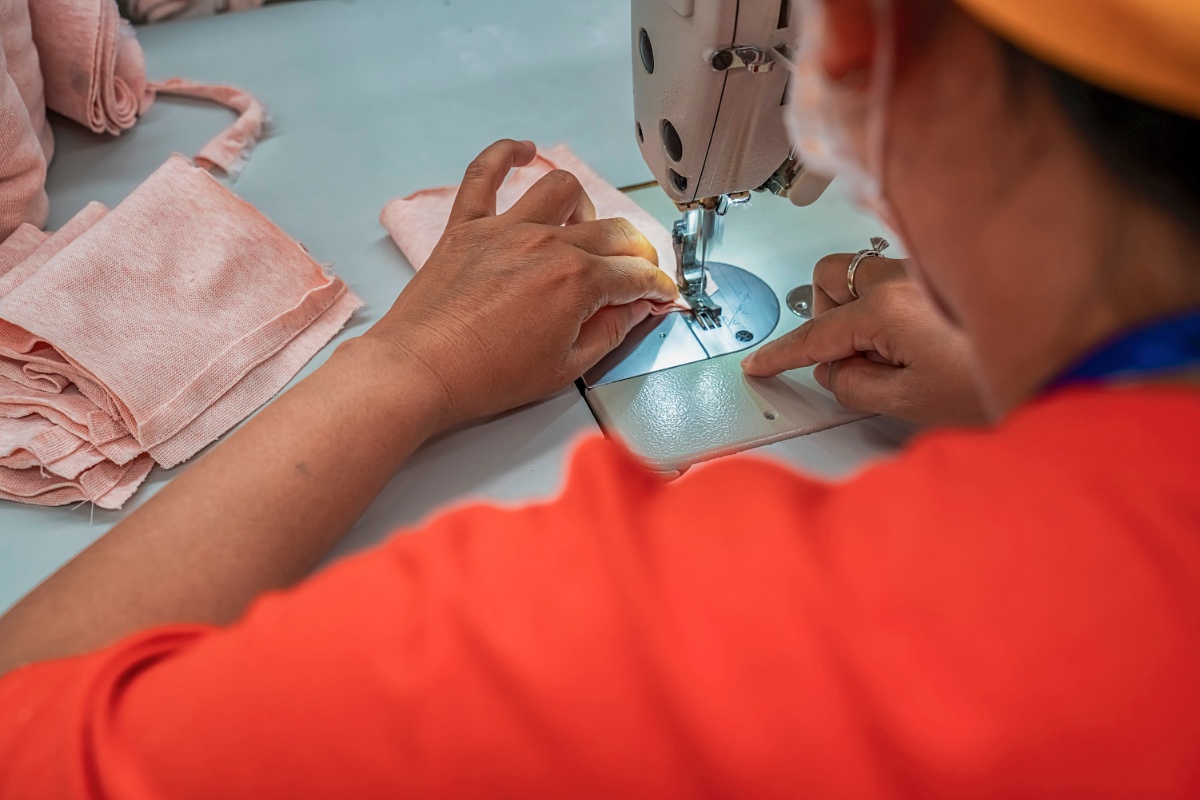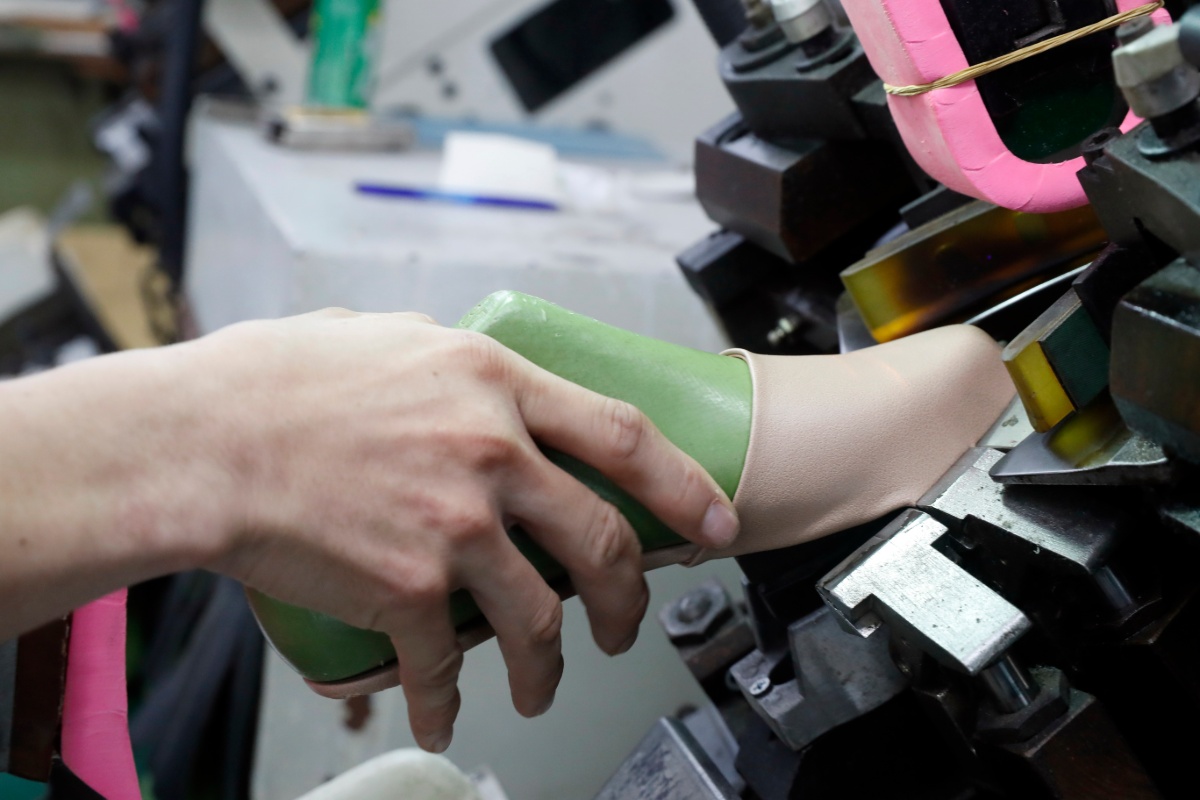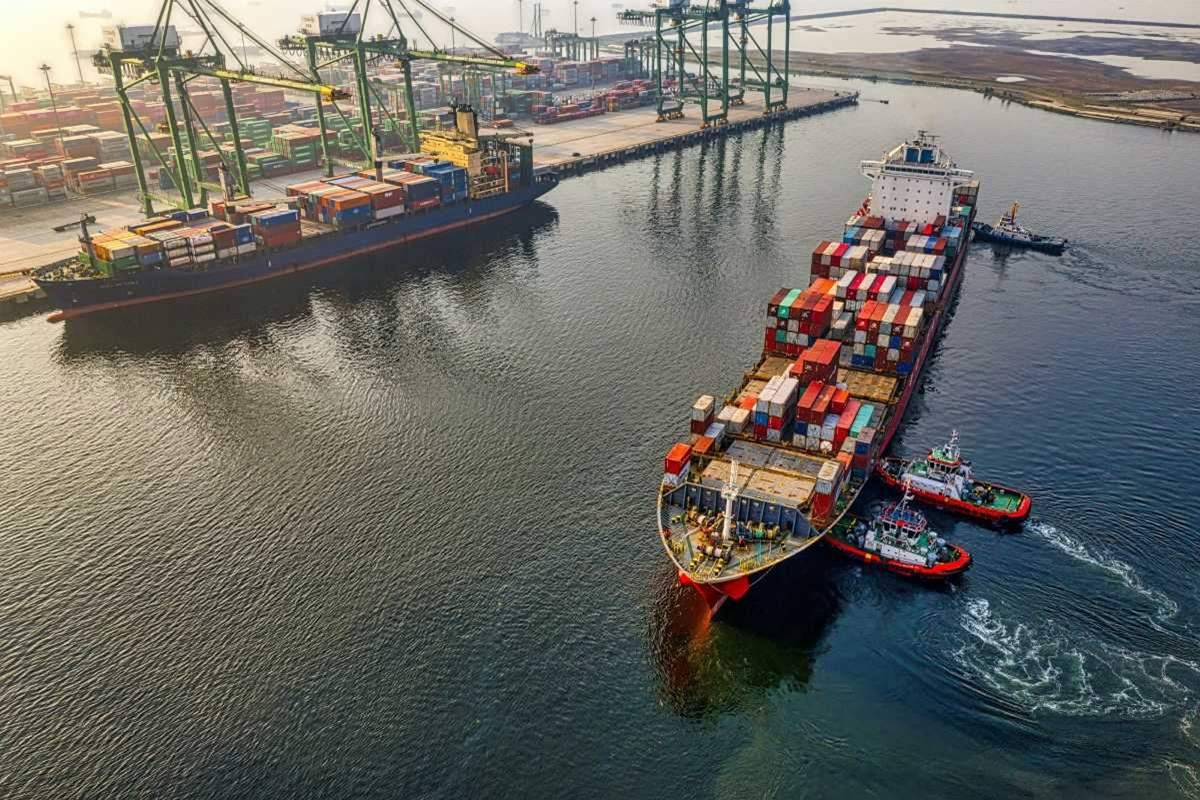Thailand and Malaysia, both deeply embedded in Chinese supply chains, are now facing 36 per cent and 24 per cent tariffs respectively. Meanwhile, India, with its vast domestic market and geopolitical clout, is likely to reach a more favourable agreement. South Korea and Japan, on the other hand, are struggling: President Lee Jae-myung of South Korea admitted a deal before the 9 July deadline was unlikely, while Japan faces US demands for voluntary export limits on cars.
In this context, ASEAN is adopting a ‘hybrid’ strategy - maintaining internal consensus while allowing member states to negotiate individually with the US. This is aimed at avoiding isolation and reducing the risk of unilateral pressure.
Meanwhile, the EU is negotiating from a position of strength due to its trade surplus and retaliatory capacity. It has refused to accept a 10 to 20 per cent baseline tariff without reciprocal concessions, particularly on digital taxes, ESG standards, and market access. As a result, US-EU talks are expected to be more complex but could yield a more balanced outcome than what smaller export-reliant countries like Vietnam can achieve.
Dr Tuan offered four key recommendations for Vietnamese exporters: (1) diversify markets to reduce reliance on the US; (2) boost localisation and supply chain oversight; (3) digitise export documentation to ensure readiness for audits; and (4) renegotiate pricing and delivery terms with US partners to manage rising tariff costs.
He also noted that the agreement has helped ease investor concerns. The VN-Index recovered slightly following Trump’s announcement, and some foreign investors have signalled plans to resume expansion in Vietnam. However, this positive sentiment won’t last unless the deal’s terms are clarified soon.
“Investors don’t want a short-term political gesture,” Dr Tuan said. “They want a binding, enforceable, long-term commitment.” While much remains uncertain, he believes the agreement is a valuable buffer, buying time for Vietnam to restructure its supply chains, manage origin-related risks, and strengthen long-term competitiveness.
“We haven’t won,” he said. “But we’ve kept the door open. And if we use this time wisely, Vietnam can still enter the next phase of global trade on stronger footing.”
Story: Quan Dinh H.







